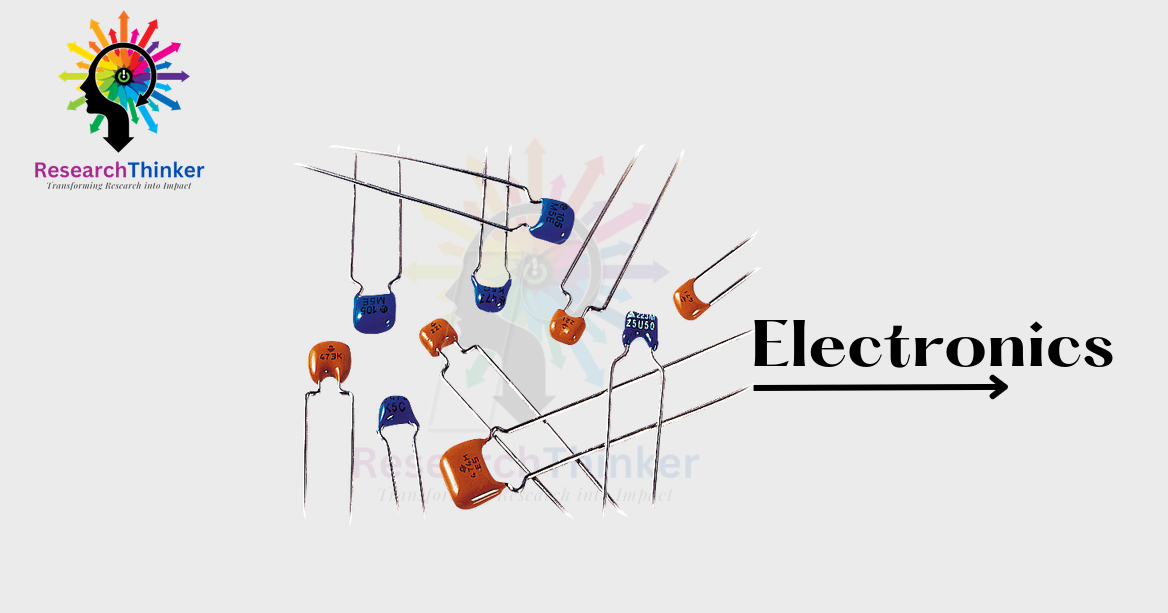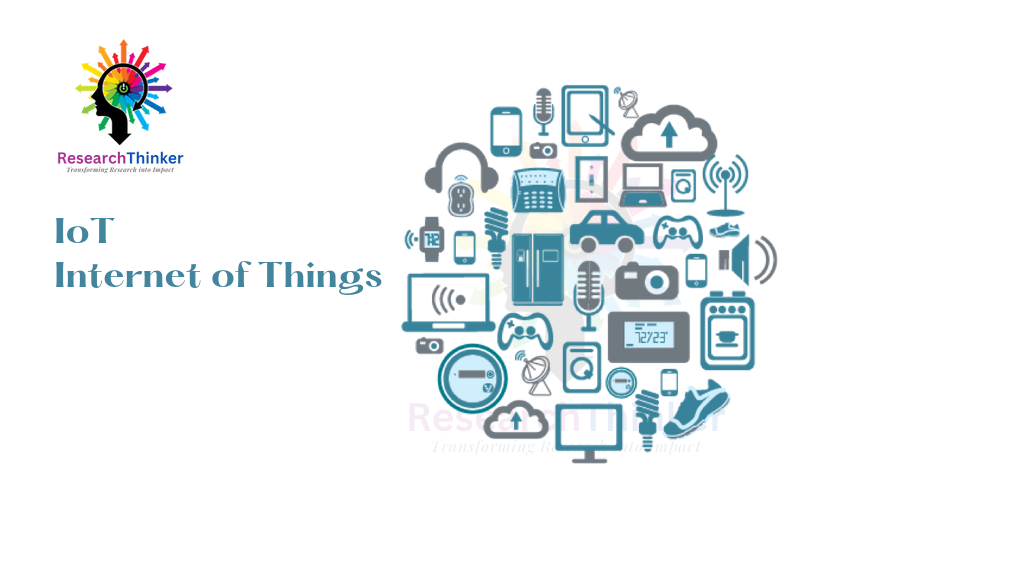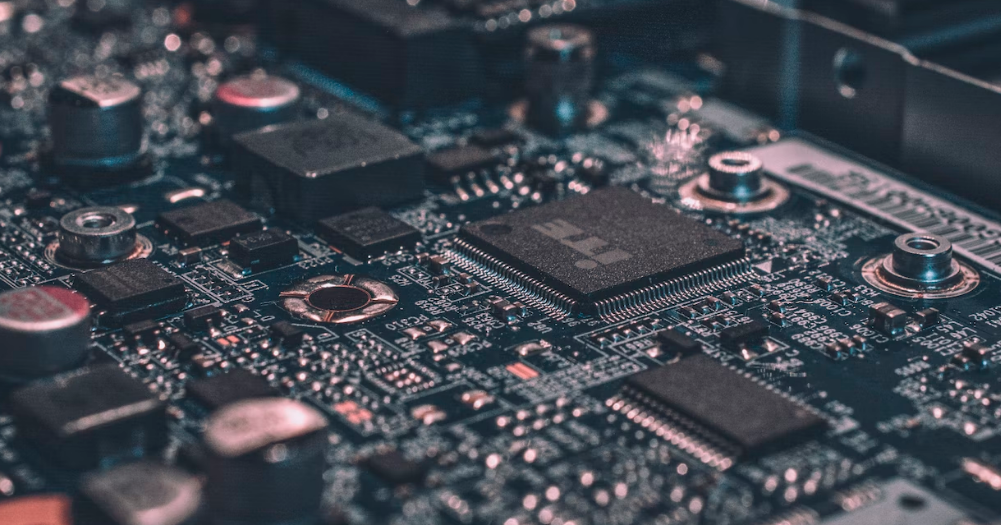Raspberry Pi and Microcontroller are both types of computing devices but differ significantly in their architecture, capabilities, applications, and intended use. Here are the key differences between Raspberry Pi and microcontroller
Comparison of Raspberry Pi and microcontroller
| Aspect | Raspberry Pi | Microcontroller |
| Architecture | Single-board computer (SBC) | Integrated circuit |
| Processing Power | More powerful with multicore CPUs | Typically less powerful |
| Memory and Storage | Larger RAM capacities, microSD for storage | Smaller memory (RAM) and onboard ROM/Flash |
| Applications | General-purpose computing, multimedia | Specific tasks, embedded systems, IoT |
| Connectivity | USB, Ethernet, Wi-Fi, Bluetooth, GPIO | UART, SPI, I2C, GPIO, limited interfaces |
| Complexity | More complex architecture and OS support | Simpler architecture and specialized tasks |
| Cost | Relatively higher cost | Cost-effective and budget-friendly |
| Size | Larger form factor | Compact and small |
| Real-time Operation | Limited real-time capabilities | Designed for real-time tasks |
| Power Consumption | Higher power consumption | Lower power consumption |
| Typical Clock Speed | 1.2 GHz to 1.5 GHz (Recent models) | Few MHz to few hundred MHz |
| Operating System Support | Full-fledged OS (e.g., Raspberry Pi OS) | Real-time operating systems, RTOS |
| Applications Examples | Desktop replacement, IoT, media center | IoT devices, home automation, robotics |






